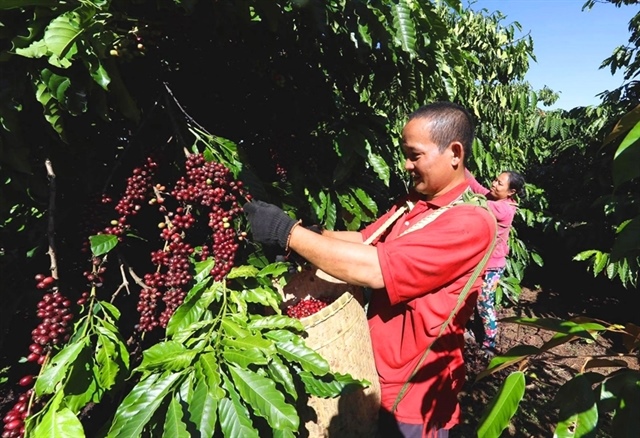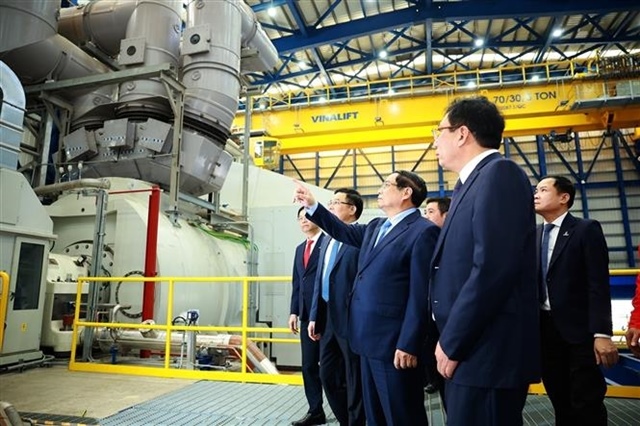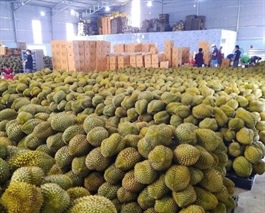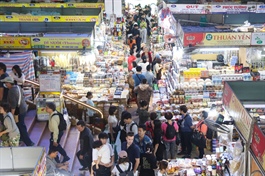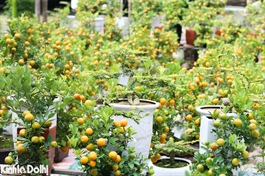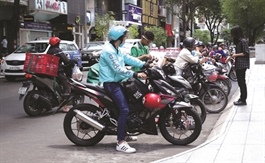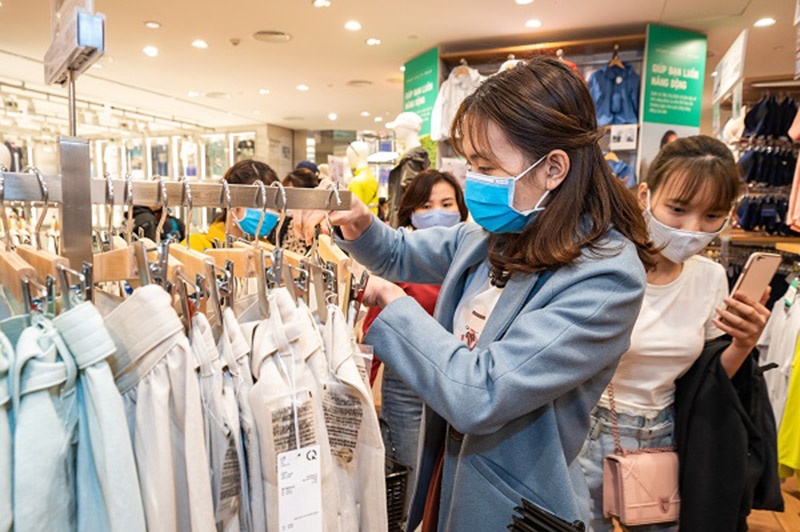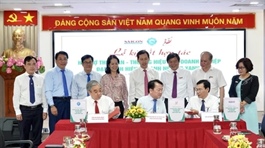Textile exports in 2023 face most difficult year in three decades
Textile exports in 2023 face most difficult year in three decades
This year is predicted to be difficult for textile and garment businesses following a challenging 2023.
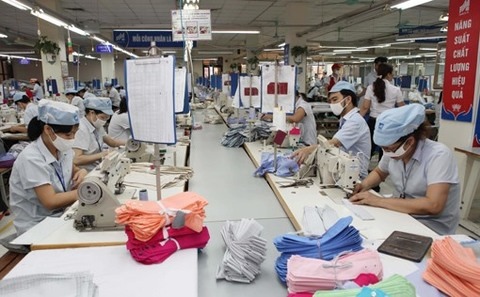
Workers at Garment 10 JSC in Hà Nội. — VNA/VNS Photo |
Expanding customer bases and diversifying products are the necessary solutions to maintain production and grow businesses, experts say.
Last year, the textile and garment industry faced many challenges due to the impact of the world and domestic economic situation.
Lê Tiến Trường, vice chairman of the board of directors of Việt Nam National Textile and Garment Group, assessed that last year was the most difficult year in more than 30 years of exporting for the textile and garment industry, excluding 2020 when the world closed due to the COVID-19 pandemic.
The industry’s turnover declined by 10 per cent, while unit production costs dropped by 30 per cent, and some product codes fell by up to 50 per cent. A report from the Việt Nam Textile and Apparel Association (Vitas) showed that export turnover reached US$44.4 billion in 2022, a year-on-year increase of nearly 10 per cent.
"The industry's business results from 2023 also partly speak to the difficulties of operators and workers to be able to maintain efficiency in production and business activities," he said.
Faced with the difficulties of the market, experts recommend that businesses need to continue the goal of diversifying markets, products, and customers.
Based on the lessons learned last year, the industry should focus on sustainable development, coupled with the requirements of the global market for sustainable textiles and garments.
At the same time, businesses should promote investment in technology and automation in production lines to ensure fast delivery schedules, small product batches but high product quality.
This will certainly be one of the strategic changes for garment businesses as large, specialised orders will become fewer and fewer, as well as focusing on solutions for the fashion industry.
In the context of fierce competition among textile and garment producing countries as aggregate demand declines, Việt Nam still stands out as a bright spot in the region with political stability, high production capacity, skilled workers, while at the same time, good remuneration policies to retain employees.
Thân Đức Việt, general director of Garment 10 Joint Stock Company (Garco 10), said that the world and Vietnamese economies were forecast to still have many difficulties and challenges, and world economic growth would still depend on many unpredictable factors this year.
The textile industry would face a series of difficulties from applying the Extended Producer Responsibility (EPR) and Carbon Border Adjustment Mechanism (CBAM) mechanisms as well as the "sustainable fashion" strategy instead of "fast fashion".
Export orders were expected to continue to decrease, as the trend would be small quantities, fast delivery times, risky supply chains, and high-cost inputs.


